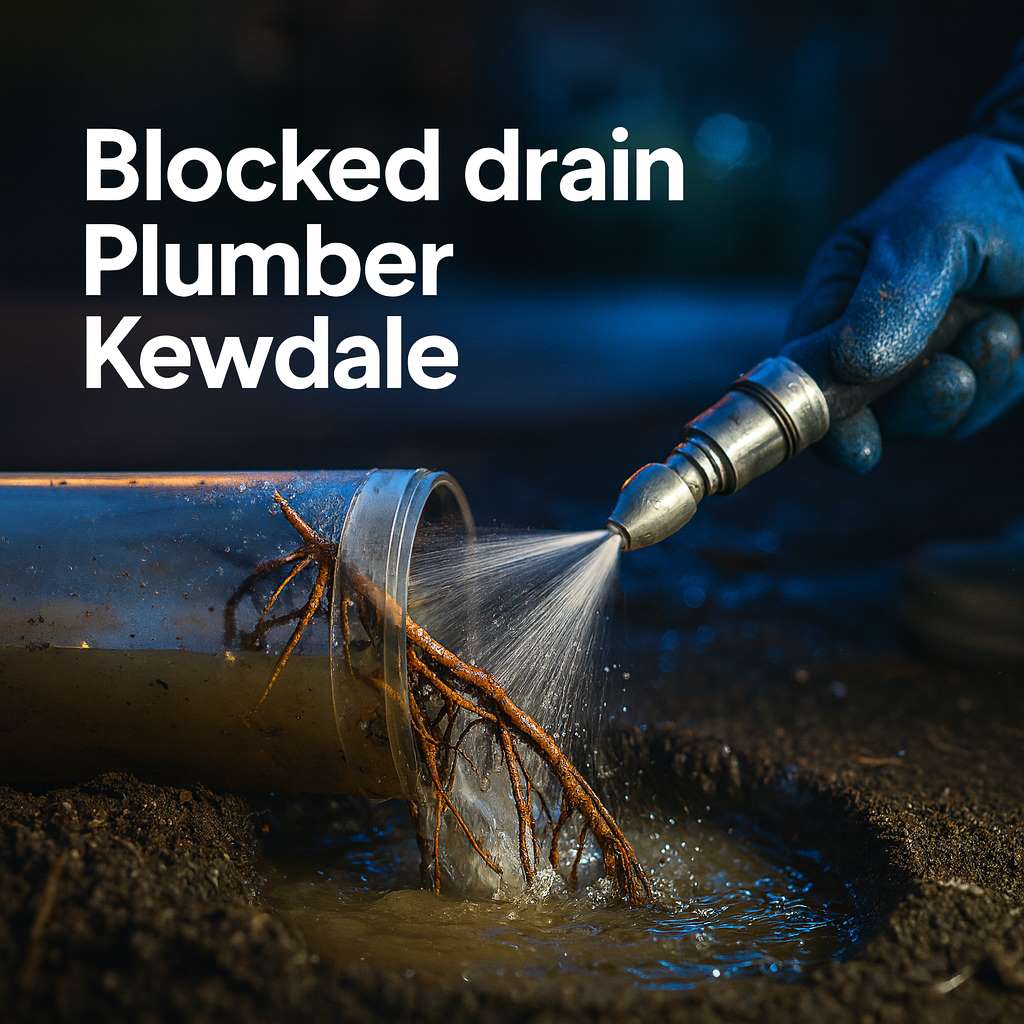Kewdale’s industrial precinct runs on reliability. Drainage failures halt production, compromise WHS, trigger odours & hygiene complaints, and risk environmental non-compliance—costs that far exceed the price of routine care. Preventative maintenance turns drains from a reactive liability into a managed asset by addressing the local risk profile: fats/oils/grease from staff kitchens, sediment from hardstands, packaging debris, root ingress near landscaped boundaries, and heavy winter rainfall loading stormwater lines. This article outlines a practical, evidence-based maintenance framework—asset mapping, baseline CCTV, risk-based jetting & trap servicing, seasonal checks, and KPI tracking—so Kewdale businesses can cut incidents, extend pipe life, and keep operations within compliance without relying on emergency call-outs.
Why preventative maintenance matters
- Limits unplanned downtime, slip hazards & stock damage
- Reduces hygiene issues, odours & pest attraction
- Extends pipe lifespan by controlling scale, corrosion & root ingress
- Lowers whole-of-life costs versus reactive call-outs
Preventative maintenance reduces the frequency & severity of Blocked drains Kewdale, extends pipe lifespan & lowers whole-of-life costs.
Typical local risk factors
- FOG (fats, oils & grease): kitchens, food prep & staff canteens
- Sediment & silt: forklift dust, pallet debris, hardstand run-off into stormwater pits
- Foreign objects: wipes, packaging offcuts, cable ties, strapping
- Root ingress: landscaped boundaries & ageing clay/AC lines
- Legacy defects: sags, cracks, intrusions after refurbishments or traffic loading
Core components of a robust maintenance programme
- Asset register & access mapping
Document lines, stacks, pits, interceptors, grease traps, backflow devices & rod/jet points. - Baseline CCTV & grading
Record condition, locate defects, assign likelihood/impact scores to prioritise interventions. - Risk-based cleaning
- Hydro-jetting & descaling on set frequencies
- Grease trap pump-outs aligned to load & regulation
- Stormwater pit/silt basket cleans pre-winter & after major dust events
- Hydro-jetting & descaling on set frequencies
- Root management
Mechanical cutting followed by approved inhibitors where appropriate. - Critical protection checks
Backflow testing, non-return valve inspection, trap primers & floor waste seals. - Trade-waste & interceptor care
Verify media condition (e.g., coalescing plates), pump-out intervals & compliance logs. - Instrumentation (where justified)
Level/flow sensors for early warnings in historically problematic lines. - Post-works verification
CCTV after cleans to evidence results; store video, photos & line reports for trend analysis. - Documentation
Rolling 12-month plan, job sheets, risk register updates & corrective action tracking.
Suggested frequencies (guidance—adjust to site data)
- Food manufacturing/hospitality:
- Grease traps: 4–8 weeks
- Kitchen lines: quarterly jetting
- CCTV sample: 6–12 months
- Grease traps: 4–8 weeks
- Warehousing/logistics yards:
- Stormwater pits/silt baskets: quarterly (increase pre-winter)
- Mains: 6–12 months
- CCTV sample: annually
- Stormwater pits/silt baskets: quarterly (increase pre-winter)
- Retail/office buildings:
- Amenities stacks: 6–12 months
- Roof drains/gutters: pre-winter + mid-season check
- Amenities stacks: 6–12 months
Refine intervals using debris volumes, sensor alerts, incident counts & CCTV scores.

Site behaviours that prevent blockages
- Fit sink strainers; keep bin stations beside sinks & floor wastes
- Enforce FOG controls: scrape plates, dry-wipe pans, store oils in sealed containers
- Induct cleaners & contractors: no slurry/concrete/grout to internal drains
- Clear signage: “no wipes, no plastics, no food solids”
- Protect external pits from windblown litter with grates & silt baskets
KPIs to evidence performance
- Incidents per 1,000 m of pipe per quarter
- Mean time between failures (MTBF)
- % planned vs reactive tasks
- CCTV cleanliness score (debris/scale %)
- Ageing defect backlog & closure times
Compliance & risk
- Maintain service logs, waste transport dockets & CCTV archives for audits & insurers
- Verify backflow testing schedules & records to protect potable supplies
- Ensure safe work controls for confined spaces, jetting pressures & traffic management
Where CCTV confirms structural defects or backflow risks, appoint a Blocked Drain Plumber Kewdale to scope repair, lining or renewal & update compliance records.
Conclusion
Preventative plumbing maintenance converts unpredictable drainage failures into planned tasks. By combining accurate asset data, risk-based cleaning, verification via CCTV & disciplined record-keeping, Kewdale facilities can reduce incidents, protect WHS & remain compliant—without relying on emergency response as the default.